Filter by

Environmental Photochemistry Part III
This volume builds on the previous two editions, Environmental Photochemistry Part I and Part II, which reflect the diverse range of activities in this highly dynamic research field. The chapters cover fundamental topics, from photocatalyst materials, surface-modified materials, reaction kinetics and reactor modelling, to translational research activities on chemical synthesis, energy conversio…
- Edition
- -
- ISBN/ISSN
- 978-3-662-46795-4
- Collation
- 79 b/w illustrations, 70 illustrations in colour
- Series Title
- -
- Call Number
- -
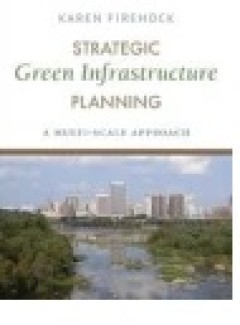
Strategic Green Infrastructure Planning
A practical guide to creating effective plans and then implementing them, Strategic Green Infrastructure Planning presents a six-step process developed by the Green Infrastructure Center in Charlottesville, Virginia. Each step, from setting goals to implementing opportunities, can be applied to a variety of scenarios, customizable to the reader's target geographical location. Chapters draw on d…
- Edition
- -
- ISBN/ISSN
- 978-1-61091-693-6
- Collation
- -
- Series Title
- -
- Call Number
- -
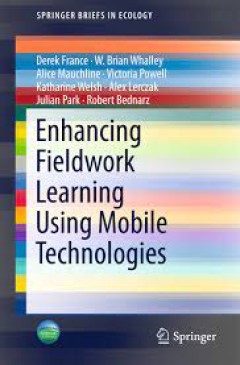
Enhancing Fieldwork Learning Using Mobile Technologies
This book shows how tablets (and smartphones) using a variety of selected ‘apps’, can enhance fieldwork and other out-of-classroom activities. The authors review imaginative uses of tablets from their own project and as well as examples from other colleagues. To help readers keep abreast of new technology and innovative ways to use it, the book is supported by a web site and a social media …
- Edition
- -
- ISBN/ISSN
- 978-3-319-20967-8
- Collation
- 3 b/w illustrations, 24 illustrations in colour
- Series Title
- -
- Call Number
- -
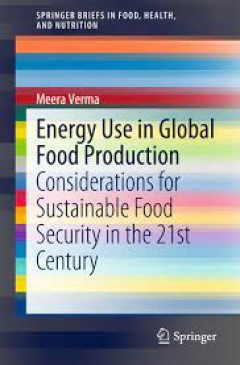
Energy Use in Global Food Production Considerations for Sustainable Food Sec…
This Brief examines the sustainability of energy use in global food production and processing. The nexus between food, water, and energy are explored against a background of climate change. Current efforts to reduce the energy intensity of food and increase sustainability are explored. Food waste and its impact on energy is covered, including regional variations and nutrient recycling method…
- Edition
- -
- ISBN/ISSN
- 978-3-319-16781-7
- Collation
- 4 illustrations in colour
- Series Title
- -
- Call Number
- -
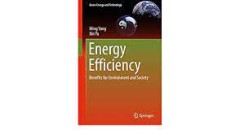
Energy Efficiency Benefits for Environment and Society
This book discusses how energy efficiency benefits the global environment, national energy security, local pollution mitigation, natural resource conservation, and utility bill reduction. In addition, this book provides many hands-on skills and knowledge to identify and develop energy efficiency projects. The literature review shows that energy efficiency has become the first fuel in the world …
- Edition
- -
- ISBN/ISSN
- 978-1-4471-6666-5
- Collation
- 34 illustrations in colour
- Series Title
- -
- Call Number
- -
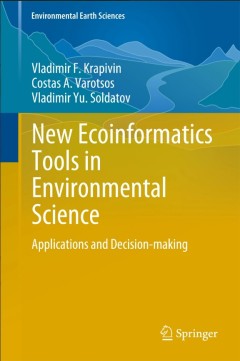
New Ecoinformatics Tools in Environmental Science:Applications and Decision-m…
This book provides new insights on the study of global environmental changes using the ecoinformatics tools and the adaptive-evolutionary technology of geoinformation monitoring. The main advantage of this book is that it gathers and presents extensive interdisciplinary expertise in the parameterization of global biogeochemical cycles and other environmental processes in the context of globaliz…
- Edition
- 1
- ISBN/ISSN
- 978-3-319-13977-7
- Collation
- XXXIII, 903
- Series Title
- Environmental Earth Sciences
- Call Number
- -
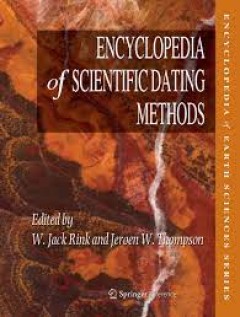
Encyclopedia of Scientific Dating Methods
This volume provides an overview of (1) the physical and chemical foundations of dating methods and (2) the applications of dating methods in the geological sciences, biology, and archaeology, in almost 200 articles from over 200 international authors. It will serve as the most comprehensive treatise on widely accepted dating methods in the earth sciences and related fields. No other volume has…
- Edition
- -
- ISBN/ISSN
- 978-94-007-6304-3
- Collation
- 115 b/w illustrations, 260 illustrations in colour
- Series Title
- -
- Call Number
- -

The Water We Eat Combining Virtual Water and Water Footprints
This book pursues a comprehensive, multidisciplinary approach in order to analyze the relationship between water and food security. It demonstrates that most of the world’s economies lack sufficient water resources to secure their populations’ food requirements and are thus virtual importers of water. One of the most inspiring cases, which this book is rooted in, is Italy: the third largest…
- Edition
- -
- ISBN/ISSN
- 978-3-319-16393-2
- Collation
- -
- Series Title
- -
- Call Number
- -
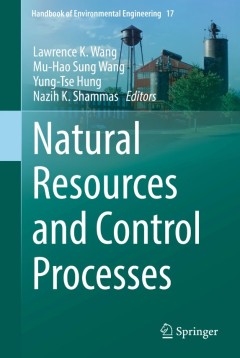
Natural Resources and Control Processes
This edited book has been designed to serve as a natural resources engineering reference book as well as a supplemental textbook. This volume is part of the Handbook of Environmental Engineering series, an incredible collection of methodologies that study the effects of pollution and waste in their three basic forms: gas, solid, and liquid. It complements two other books in the series including…
- Edition
- 1
- ISBN/ISSN
- 978-3-319-26798-2
- Collation
- XII, 633
- Series Title
- Handbook of Environmental Engineering
- Call Number
- -
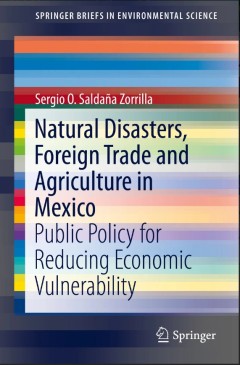
Natural Disasters, Foreign Trade and Agriculture in Mexico
This work responds to the increasing global need of measuring and analyzing impacts, vulnerabilities and coping capacity of countries, regions and communities regarding climate change, extreme weather conditions, natural disasters and institutional constraints. The case of Mexico, analyzed in this work, provides lessons for further developing countries to assess natural disasters vulnerability,…
- Edition
- 1
- ISBN/ISSN
- 978-3-319-17358-0
- Collation
- XI, 155
- Series Title
- SpringerBriefs in Environmental Science
- Call Number
- -
 Computer Science, Information & General Works
Computer Science, Information & General Works  Philosophy & Psychology
Philosophy & Psychology  Religion
Religion  Social Sciences
Social Sciences  Language
Language  Pure Science
Pure Science  Applied Sciences
Applied Sciences  Art & Recreation
Art & Recreation  Literature
Literature  History & Geography
History & Geography